Numbness, tingling, burning and weakness fall under the broad category of nerve pains called neuropathy.
Symptoms of neuropathy
- tingling
- numbness
- loss of sensation into the arms, hands, legs or feet
- burning sensations
- abnormal facial sensation
- sharp pains
- increased sensitivity
- muscle weakness
- loss of reflexes, especially in the ankle
- loss of balance and coordination
Diagnosis’s associated with neuropathy
- Plantar Fasciitis
- Sciatica
- Carpal Tunnel Syndrome
- Numbness/Tingling into the arms, hands, and/or fingers
- Numbness/Tingling into the hips, legs, and/or toes
- Facial nerve pain
- Frozen Shoulder
- Meralgia Paresthetica
- Ulnar Nerve Entrapment
- Tennis Elbow
- Golfers Elbow
- Muscle Cramping
- Burning foot pain
Causes of neuropathy
- Nerve damage
- Spinal Damage
- Diabetes
- Bulged disc
- Herniated disc
- Rare genetics disorders
- Toxins
- chemotherapy or radiation treatment
- heavy metal toxicity
How long does it take to heal neuropathy?
The latest research shows that nerves have a great ability to heal. However, this is often a timely process. Healing of a neuropathy will greatly depend on the type of the neuropathy that you have. To achieve full recovery, the nerve must undergo three main processes: Wallerian regeneration (the clearing process of the distal stump), axonal regeneration, and end-organ reinnervation.
Regeneration time depends on how seriously your nerve was injured and the type of injury that you sustained. If your nerve is bruised or traumatized but is not cut, you should expect to see symptomatic changes start in 6-12 weeks. Certain types of neuropathy such as chemo-induced neuropathy can take anywhere between 18 months to 5 years to heal.
Conservative Treatments for Neuropathy
The most common neuropathy medications, Gabapentin and Lyrica, are effective in temporarily relieving the symptoms. Unfortunately they will not actually correct the cause of your neuropathy, as they are simply designed to mask the symptoms.
The first step in treating your neuropathy is a detailed examination, history and consultation with a neuropathy specialist. From there, a few different treatment approaches can take place moving forward.
If you are dealing with a chemical related neuropathy, the best treatment is a Comprehensive Cellular Detox. All our doctors are Abundant Life Chiropractic have advanced training in cellular detoxification. This is not a quick nor an easy approach; however, it is the only approach in effectively correcting chemical caused neuropathies.
When dealing with spinal related neuropathies, the best course of action is a spinal corrective treatment plan. One that is tailored to your specific problems, and giving you a long lasting correction. At Abundant Life Chiropractic our doctors our doctors treat dozens of neuropathy and nerve related disorders. Take a moment to check out our reviews to see how we can help you.


